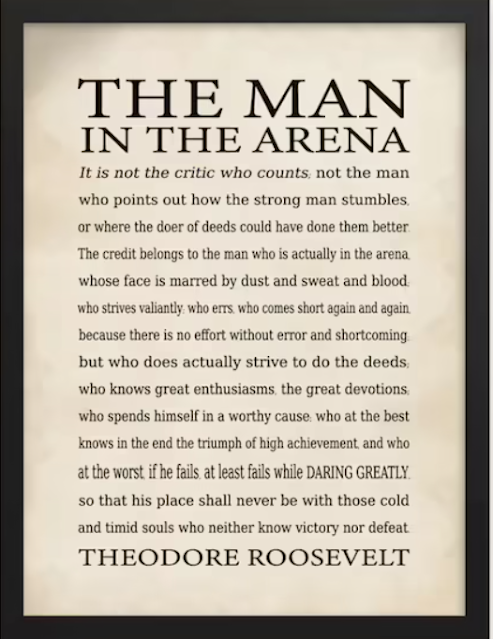Building others trust in ourselves
Examining our own trust behaviours.
In the previous post titled Trust and the Marble Jar, we examined how others BRAVING behaviour leads us to build or lose trust in them.
Here we use the same BRAVING elements devised by Brené Brown, to examine how our behaviours impact other people's trust us. The elements are essentially the same, but from our point of view in taking responsibility for the outcome of our actions.
Boundaries
Trust is maintained or built when you respect other peoples boundaries.
When the boundaries are unclear, you ask them what is okay and what is not ok.
Reliability
Trust is maintained and built when you do what you say you will do. You don't over promise.
Accountability
If you do break a promise, then trust can be maintained or built if you own your mistake, you apologize to them, and you make amends by repairing the damage.
Vault
Trust is maintained or built when you don't share information that isn't yours to share.
It is important that you don't share someone's confidential information with other people.
Integrity
Trust is built or maintained when you display consistency and wholeness by practicing your values.
You do what is right, over what is fun, fast, or easy.
You choose courage over comfort.
Nonjudgement
Trust is built if someone can ask you for what they need without you judging them as weak or flawed.
They can talk about how they feel and ask you for help, without being judged by you.
Generosity
Trust is built when you offer you the most generous interpretation of their intentions, words and actions. When you hold that people are doing the best they can.


